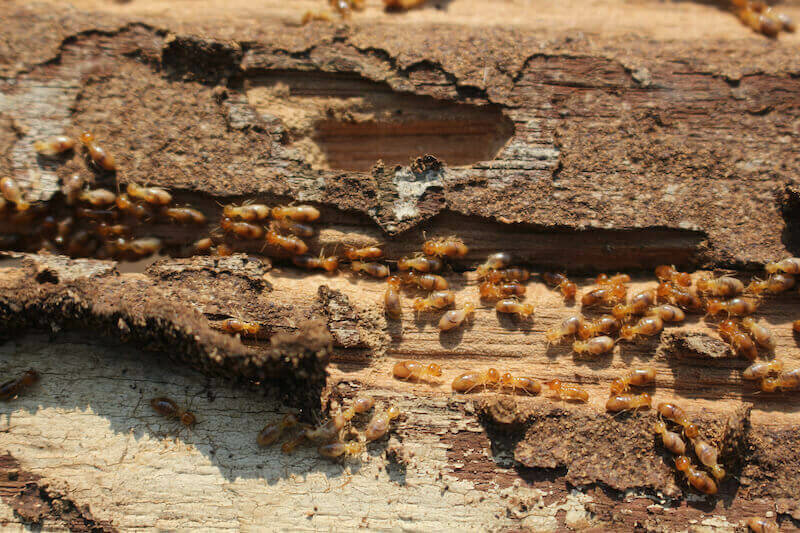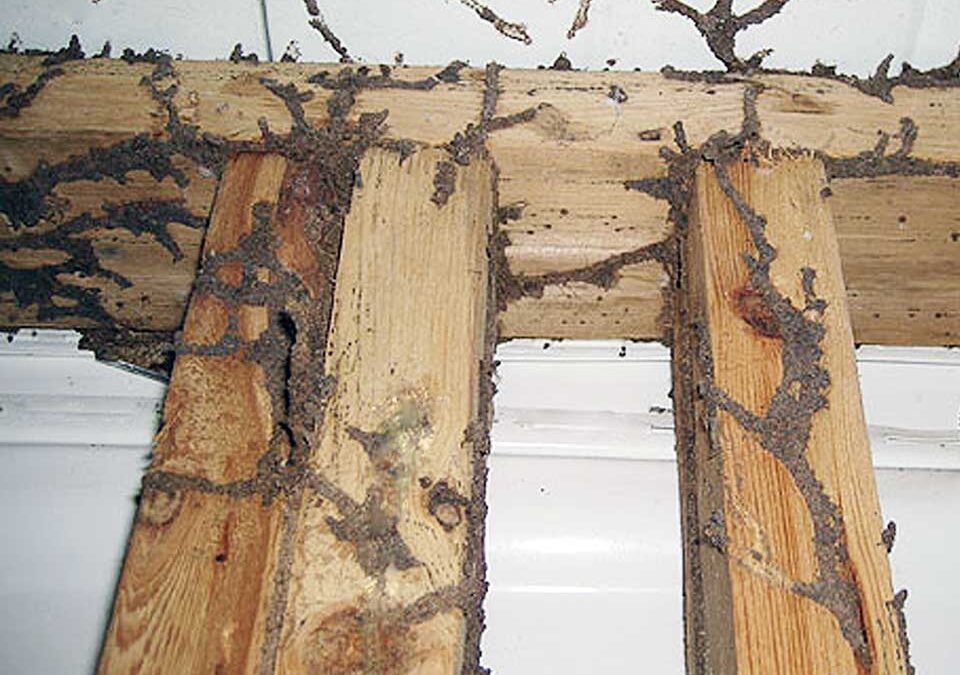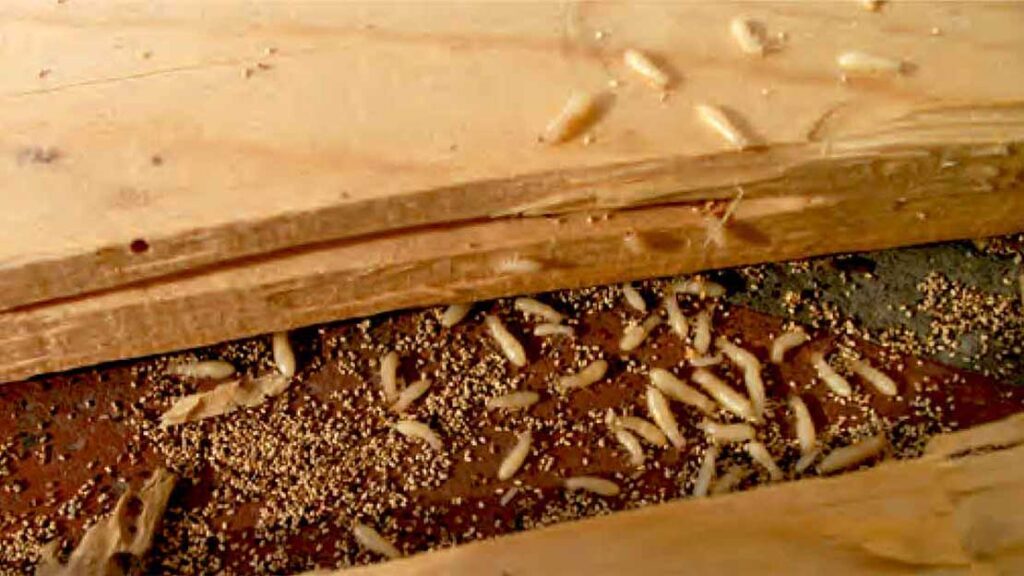Termite Removal Services by Pest Control Xperts in Arvin
Serving homes, apartments, dormitories, hotels, and healthcare offices throughout Arvin, Lamont, Tehachapi, Taft, Frazier Park, Pine Mountain Club, California, and Surrounding Areas
Professional Termite Control for Arvin, Lamont, Tehachapi, Taft, Frazier Park, & Pine Mountain Club, California
You’ve seen the signs: discarded wings near your windows, faint mud tubes along your foundation, or perhaps that unsettling hollow sound when you tap a wooden beam. You’ve tried the sprays, the traps, the DIY remedies, hoping to reclaim your home from these relentless invaders. Yet, the termites persist, their silent destruction continuing beneath the surface. This isn’t just about a few visible pests; it’s about a hidden colony, a complex network tirelessly undermining the very structure of your property. DIY methods offer only temporary illusions, undone by the unseen activity of the deep-seated colony. At Arvin Pest Control Experts, we understand your frustration, and we’re here to provide the definitive solution: professional termite extermination that targets the problem at its source, eliminating the queen and the entire nest.
Why Termites Appear in Arvin, Lamont, Tehachapi, Taft, Frazier Park, and Surrounding Communities
The unique climate and geographical features of Kern County, encompassing Arvin, Lamont, Tehachapi, Taft, Frazier Park, and Pine Mountain Club, create an environment where termites thrive. California’s diverse climate zones, from hot deserts to semi-arid steppes, contribute to year-round termite activity.
- Climate & Geography: Our region experiences hot, dry summers and cooler, wetter winters, particularly in the Central Valley areas like Arvin and Lamont. This Mediterranean-like climate, with its seasonal moisture, provides ideal conditions for subterranean termites, which rely on moist soil for survival. The Tehachapi Mountains, while offering cooler highland climates, also funnel prevailing northwesterly winds, bringing moisture that can accumulate as fog on windward slopes, creating damp conditions attractive to certain termite species. Areas near agricultural lands, common in Lamont, can also contribute to moisture and organic debris, further inviting termite activity.
- Architecture & Urban Factors: The diverse architecture across our service area, from historic wooden homes in older town centers to new suburban developments, presents various vulnerabilities. Older homes with crawl spaces or less-sealed foundations are particularly susceptible to subterranean termite entry. Even modern homes with slab-on-ground construction can have hidden entry points through expansion joints or cracks. Dense commercial districts and residential areas, where properties are often close together, mean that an infestation in one building can easily spread to a neighbor’s property. Wooden structures like decks, fences, and utility poles are constant targets for drywood termites, which infest dry, sound wood directly. Inaccessible areas like attic framing, chimney framing, and cluttered garages or attics also provide hidden havens for termite colonies, making detection and treatment challenging.
Types of Termites Commonly Found in California
California is home to several destructive termite species, each with distinct behaviors and preferences. Understanding these differences is crucial for effective treatment.
- Subterranean Termites: These are the most common and destructive termites in California, responsible for the majority of damage. They live in vast underground colonies and build distinctive mud tubes to travel between their nests and food sources, protecting themselves from open air and maintaining moisture. They thrive in moist environments and are prevalent throughout Southern California, including our service areas, where the climate allows them to flourish year-round.
- Drywood Termites: Unlike subterranean termites, drywood termites do not require contact with soil. They infest dry, sound wood, often targeting structural lumber, furniture, and dead limbs on trees. They are common in southern California, including desert areas and coastal regions, and their presence is often indicated by small, six-sided fecal pellets, known as frass, found near infested wood. Swarming typically occurs in late summer and fall.
- Dampwood Termites: As their name suggests, dampwood termites infest wood with high moisture content, such as decaying trees, stumps, or wood exposed to leaks. While less common in homes than subterranean or drywood termites, their presence is a strong indicator of an underlying moisture problem. They are larger than other species and typically found in cool, humid areas.
Problems Termites Create for Homes and Businesses
An unchecked termite infestation can lead to devastating consequences, impacting both the structural integrity of your property and your peace of mind.
- Structural Damage: Termites consume wood from the inside out, often leaving only a thin veneer of wood or paint. This silent destruction can weaken wooden supports, flooring, walls, and ceilings, leading to sagging floors, crumbling wood, and potentially catastrophic structural failure over time.
- Property Value Depreciation: The presence of termites and the damage they inflict can significantly reduce your property’s value, making it difficult to sell or requiring extensive, costly repairs before a sale can proceed.
- Daily Frustration and Stress: Living with a termite infestation is a constant source of worry. The knowledge that these pests are silently destroying your home can cause immense stress and disrupt your daily life.
- Compromised Belongings: Termites don’t just stop at structural wood; they can also damage furniture, books, stored documents, and other wood-based products within your home or business.
Signs of an Escalating Termite Infestation
Early detection is key to minimizing termite damage. Be vigilant for these warning signs:
- Termite Swarmers or Discarded Wings: The appearance of winged insects, especially indoors, often signals a mature colony releasing reproductives to establish new nests. Discarded wings, particularly near windowsills, doors, or light sources, are a strong indicator of a nearby infestation.
- Mud Tubes: Subterranean termites construct pencil-sized mud tubes on foundations, walls, or wooden beams to protect themselves as they travel. These tubes provide a vital link between their underground colony and your home’s wooden structures.
- Frass (Termite Droppings): Drywood termites expel small, wood-colored, pellet-like droppings, often resembling sawdust. Piles of frass near wooden structures indicate active drywood termite feeding.
- Damaged or Hollow-Sounding Wood: Termites eat wood from the inside out, leaving the outer surface intact. Tapping on wood and hearing a hollow sound, or noticing blistering, darkening, or bubbling paint, can indicate hidden termite activity.
- Tight-Fitting Doors or Windows: As termites tunnel through wood, they can cause doors and windows to warp and become difficult to open or close.
Why Professional Extermination is Essential for Termite Removal
Many property owners attempt to tackle termite problems with store-bought solutions, only to find their efforts futile. These DIY methods are temporary illusions, undone by the hidden colony. Here’s why professional intervention is the only true path to lasting termite elimination:
- Targeting the Colony, Not Just Foragers: DIY sprays and traps typically only kill the visible foraging termites, leaving the queen and the vast majority of the colony untouched. The queen continues to lay eggs, ensuring the infestation persists and often grows stronger.
- Preventing Colony Budding: In some cases, localized treatments can stress a termite colony, causing it to split into smaller, satellite colonies. This “budding” effect can actually worsen the problem, spreading the infestation to new areas of your property.
- Deep-Seated Infestations: Termite colonies, especially subterranean ones, can extend deep underground or within inaccessible areas of your home, such as wall voids, attics, or crawl spaces. Store-bought products simply cannot reach these hidden nests.
- Expert Identification and Customized Treatment: Different termite species require different treatment approaches. A professional can accurately identify the species, assess the extent of the infestation, and develop a customized treatment plan that targets the specific biology and behavior of the termites present.
- Specialized Equipment and Products: Professional exterminators utilize advanced equipment and highly effective termiticides that are not available to the public. These treatments are designed to penetrate deep into the soil and wood, ensuring complete colony elimination.
Our Termite Removal Method
Arvin Pest Control Experts employs a proven, multi-step approach to ensure thorough and lasting termite elimination:
- Comprehensive Inspection: Our experienced technicians conduct a meticulous inspection of your entire property, both interior and exterior. We identify the type of termite, locate all active infestation sites, assess the extent of the damage, and pinpoint potential entry points and vulnerabilities.
- Customized Treatment Plan: Based on our findings, we develop a tailored treatment strategy. This may involve a combination of methods, including:
- Baiting Systems: Strategically placed bait stations attract foraging termites, who then carry the slow-acting bait back to the colony, ultimately eliminating the queen and the entire nest.
- Liquid Termiticide Barriers: We apply a protective liquid barrier around your home’s foundation, creating an undetectable zone that termites cannot penetrate or survive.
- Direct Wood Treatment: For drywood termite infestations, we may apply specialized treatments directly to infested wood, eliminating termites within the structure.
- Exclusion & Maintenance Recommendations: We provide expert recommendations to help you prevent future infestations, such as sealing cracks, improving drainage, and removing wood-to-soil contact.
- Ongoing Monitoring & Follow-Up: Our commitment doesn’t end with treatment. We offer ongoing monitoring to ensure the termites are gone for good and provide follow-up services as needed for your continued peace of mind.
Why Arvin Pest Control Experts is the Trusted Choice
When it comes to protecting your most valuable asset, you need a partner you can trust. Arvin Pest Control Experts is deeply familiar with the unique pest challenges of Arvin, Lamont, Tehachapi, Taft, Frazier Park, and Pine Mountain Club. We are dedicated to:
- Regional Familiarity: Our team possesses an in-depth understanding of the local climate, geography, and architectural styles that influence termite behavior in our service area.
- Complete Colony Destruction: Our core objective is to eliminate the entire termite colony, including the queen and the nest, ensuring a lasting solution, not just a temporary fix.
- Safe Application Methods: We prioritize the safety of your family, pets, and the environment by utilizing responsible and effective treatment methods.
- Commitment to Follow-Up: We stand by our work and provide ongoing support to keep your home termite-free.
Don’t let termites silently destroy your home and peace of mind any longer. The frustration of endless DIY attempts ends here. Reclaim your property with the confidence that comes from professional, targeted termite control. Contact us for an immediate consultation.
Arvin Pest Control Experts proudly serves Arvin, Lamont, Tehachapi, Taft, Frazier Park, Pine Mountain Club, and surrounding zip codes throughout Kern County, California.




